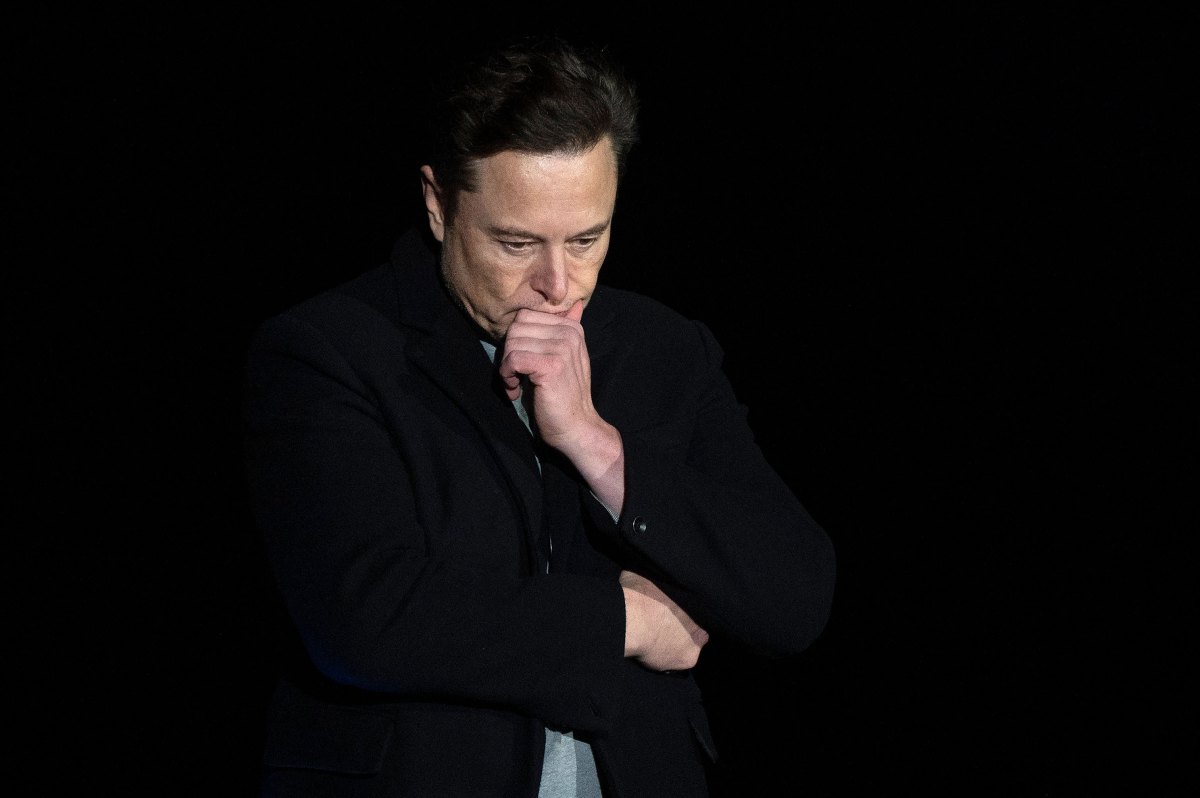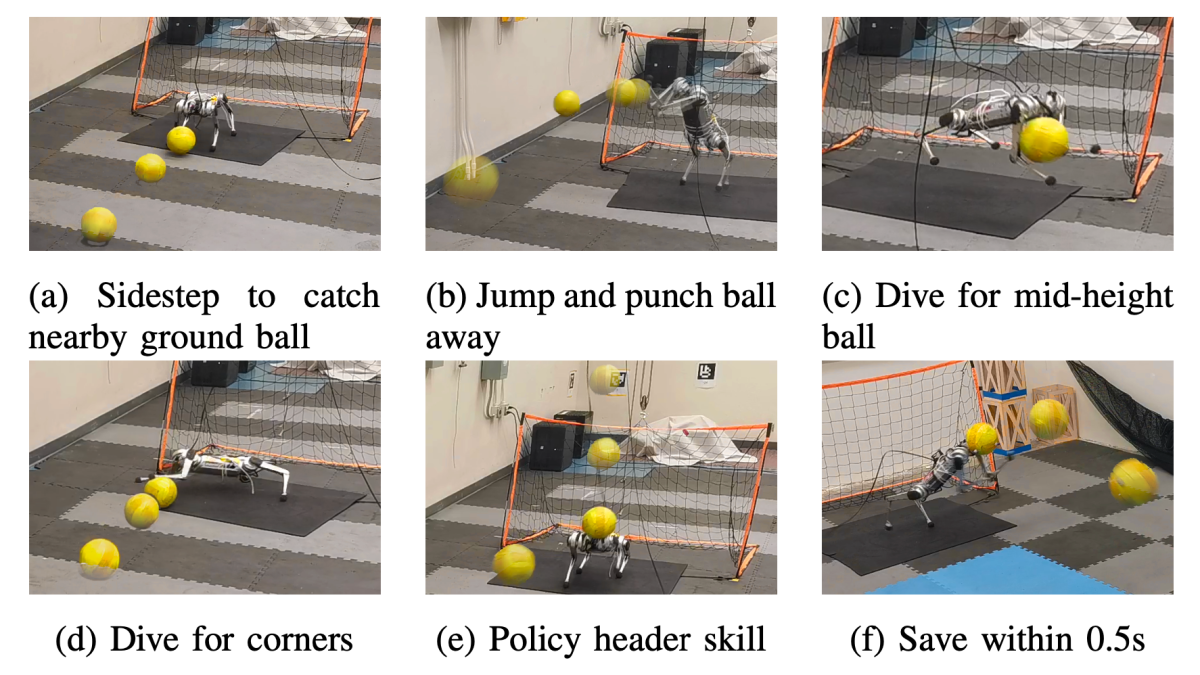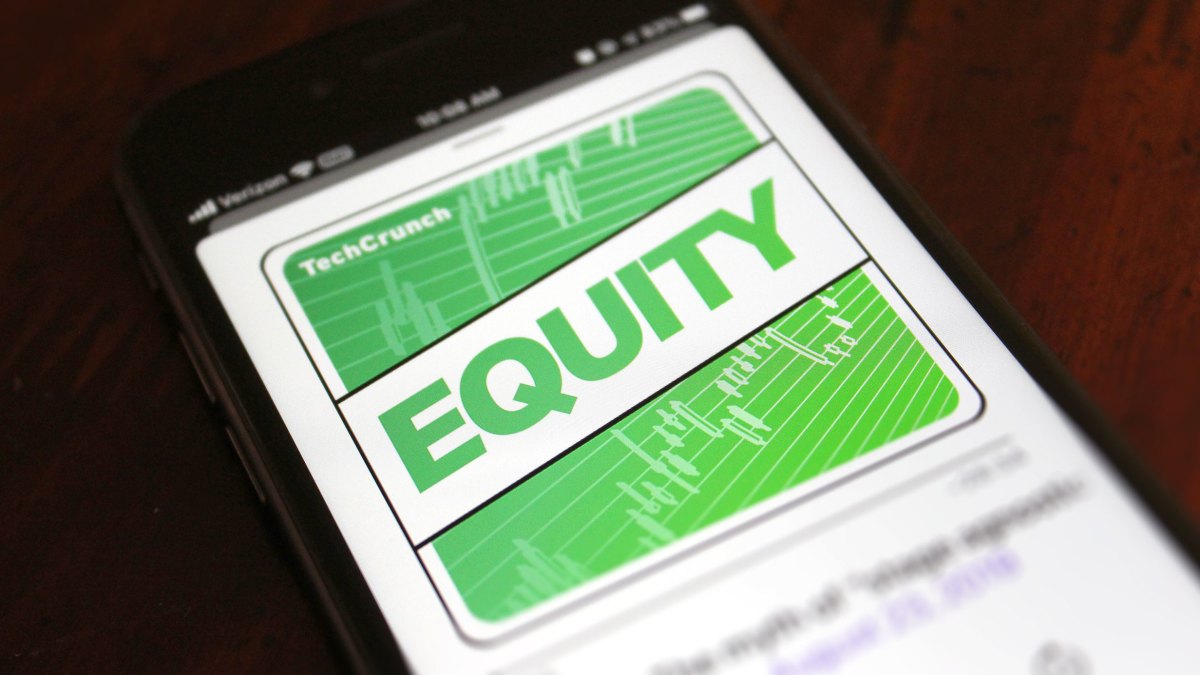Who is going to buy Cadillac’s $300,000 hand-built EV? • ZebethMedia
The battery-electric Celestiq sedan, which starts “north of $300,000,” is tasked with more than restoring Cadillac to its former glory; it now must back executives’ bold claim to “reestablish the iconic brand as the standard of the world.” But with a price tag more than three times the average transaction price of a vehicle from General Motors’ luxury marque, it’s difficult to imagine many Cadillacs of that heft — no matter how highly customized — will be quietly charging behind suburban garage doors. As the market enters an age where lower priced EVs pack 300-mile ranges along eye-popping horsepower and torque, who needs a bespoke EV? Cadillac is betting on it. The GM luxury brand, which plans to follow the market in phasing out gas engines by 2030, is trying to zig where its luxury competitors are zagging. Executives boasted that the brand will build, on average, fewer than two Celestiqs a day, when it goes into hand-built production at GM’s Technical Center outside of Detroit in December 2023. But will customers bite? The specs Cadillac revealed Monday don’t seems spectacular enough to justify the price. Built on the same Ultium platform underpinning all of General Motors’ future EVs, the Celestiq will feature a 600-horsepower, dual-motor, all-wheel-drive setup that can go from 0 to 60 mph in 3.8 seconds – a crawl compared with some Teslas, Porsches and the Ford Mach-E Mustang GT Performance model). Cadillac estimates that the sedan can travel around 300 miles on a fully charged battery, which will be the industry standard by the time the Celestiq arrives. High-tech features include a four-quadrant, adjustable smart roof, a 3D-printed steering wheel, and the latest iteration of Cadillac’s Ultra Cruise advanced driver assistance system. The car, available at certain Cadillac dealers “by waitlist only,” will come with a concierge to help decide upon colors, trims and materials. So far, the brand’s “whisper events” have shown a “broad spectrum of high-net worth individuals that would consider wanting to have a vehicle like this,” said Rory Harvey, global vice president for Cadillac. Cadillac has not specified how many “extremely low-volume” Celestiqs it will build but said it expects to sell the majority in North America, followed by China and the Middle East. Executives were emboldened this spring by high demand for its first-ever EV, the $60,000 Cadillac Lyriq SUV expected later this year, that forced it to close its 2023 order book earlier than expected. “I believe that we primed the pump,” Harvey said. “We have very solid foundations now to take the brand to the next level.” Still, is there demand for a Cadillac with fivefold the starting price? Executives said they believe buyers are willing to spend even more, noting that a fully loaded Escalade V, the high-performance version of Cadillac’s full-size SUV, pushes $150,000, and that some Cadillac CT5-V Blackwing models venture into six-figure territory. “We believe that we’ve got the ability to be able to generate customer demand at this higher price point,” Harvey said. Cadillac expects to begin delivering the Celestiq to customers in 2025, with high hopes for a revival. “Cadillac at a point in time was referred to as the standard of the world,” Harvey said. “We believe in terms of this vehicle that it gives us the ability to start to reclaim some of that position.”









